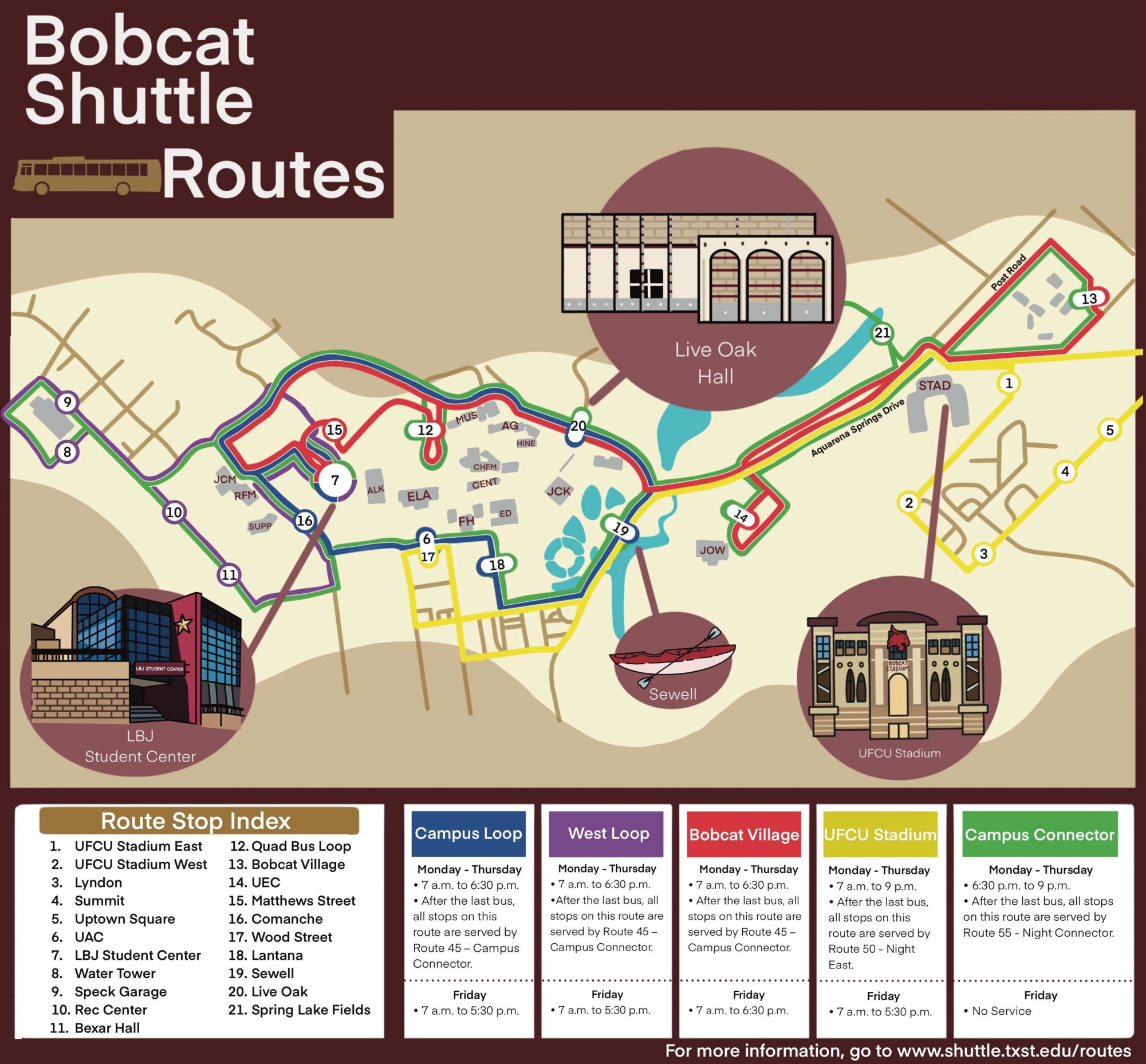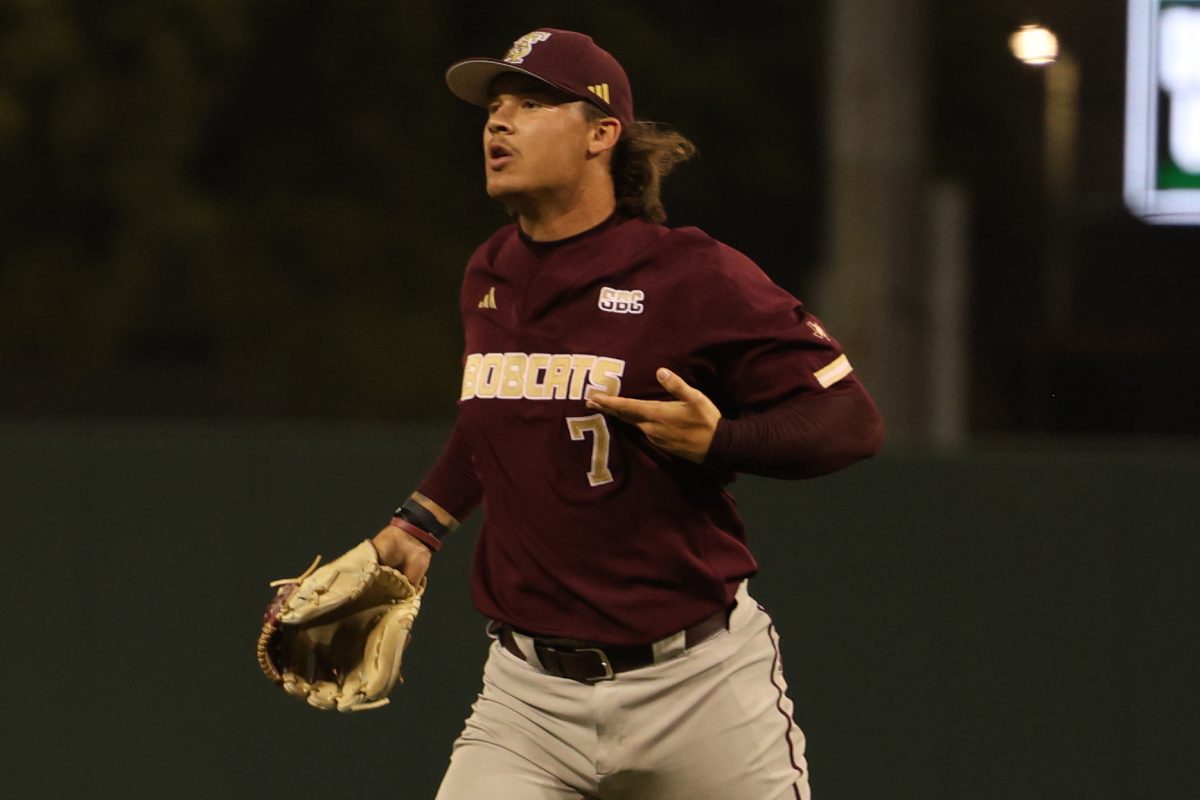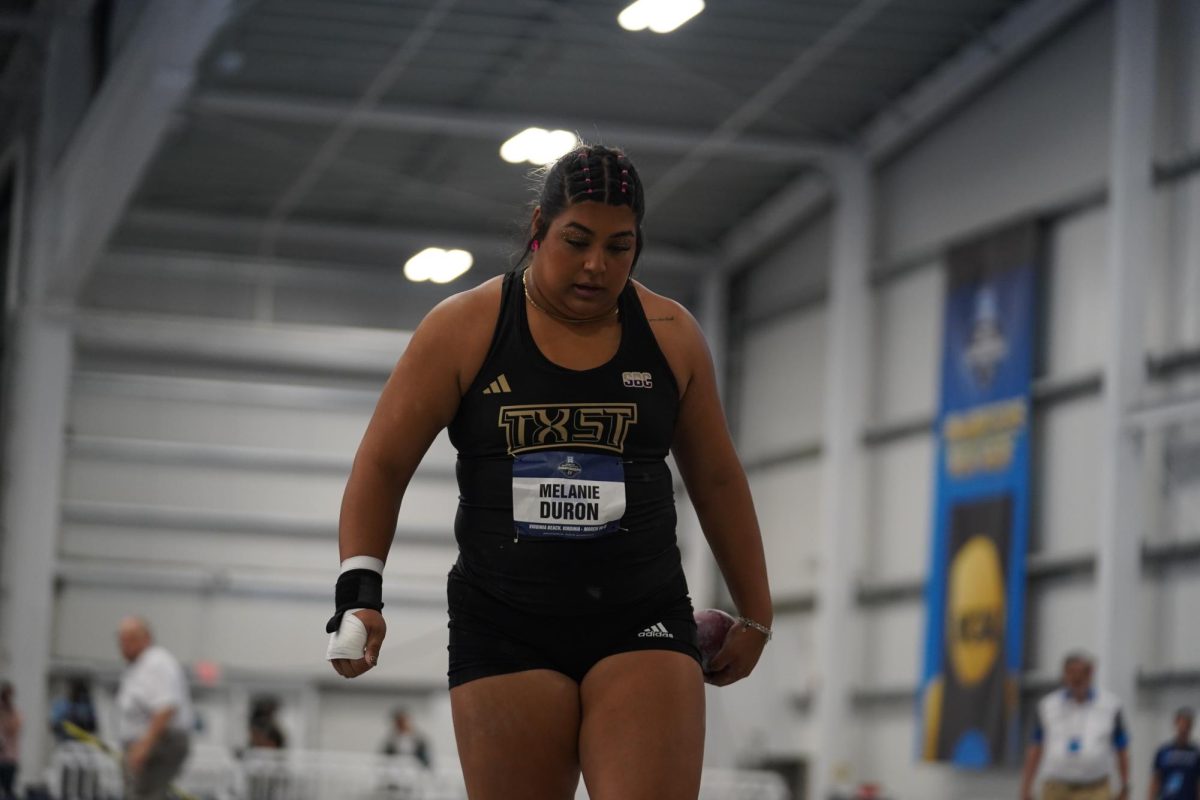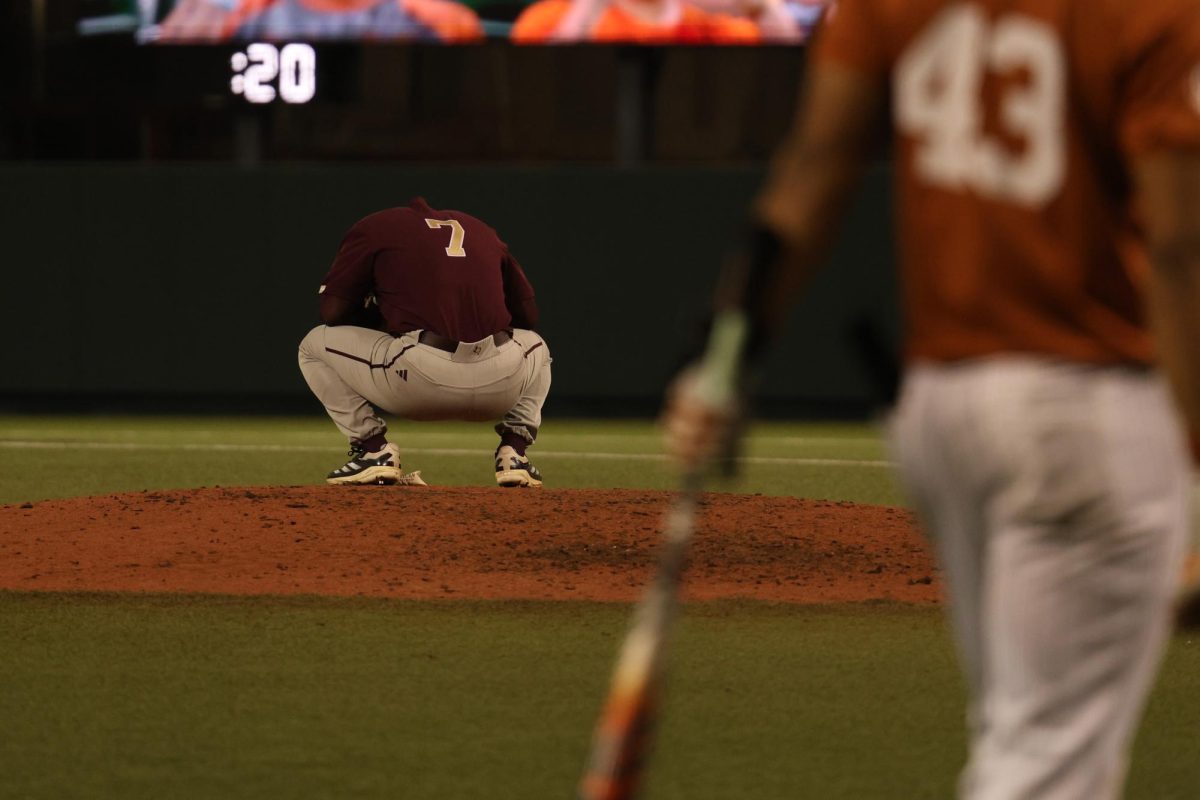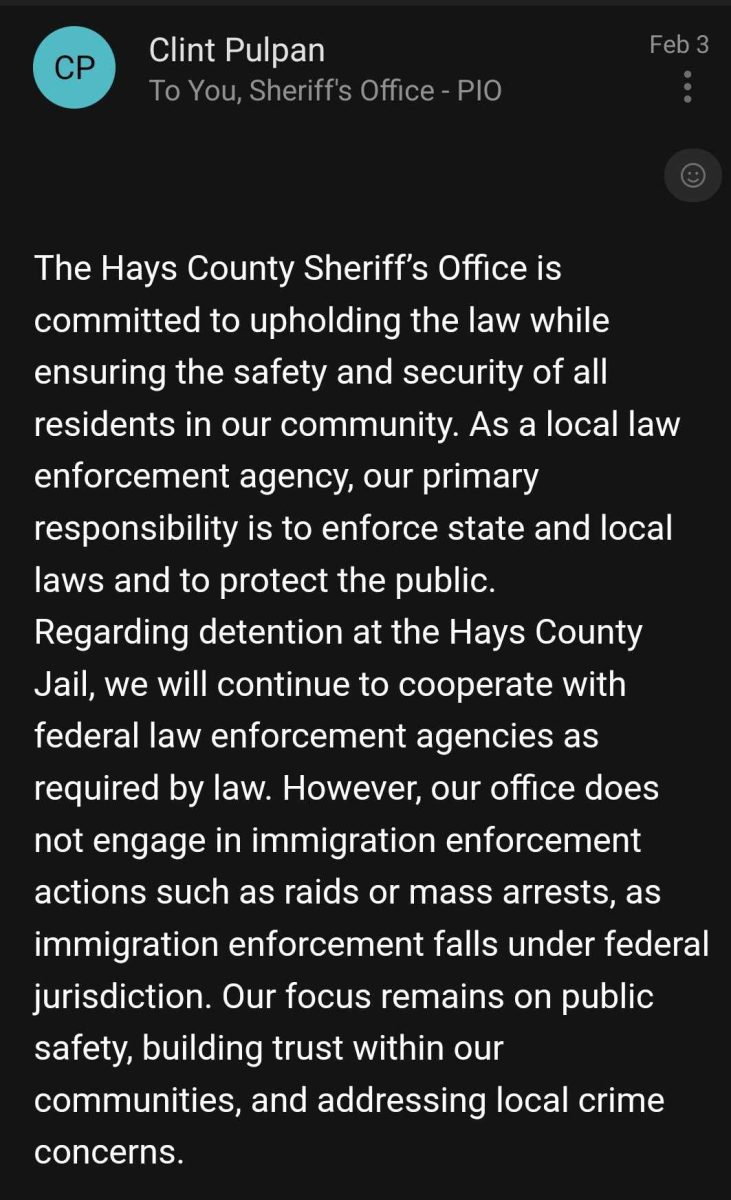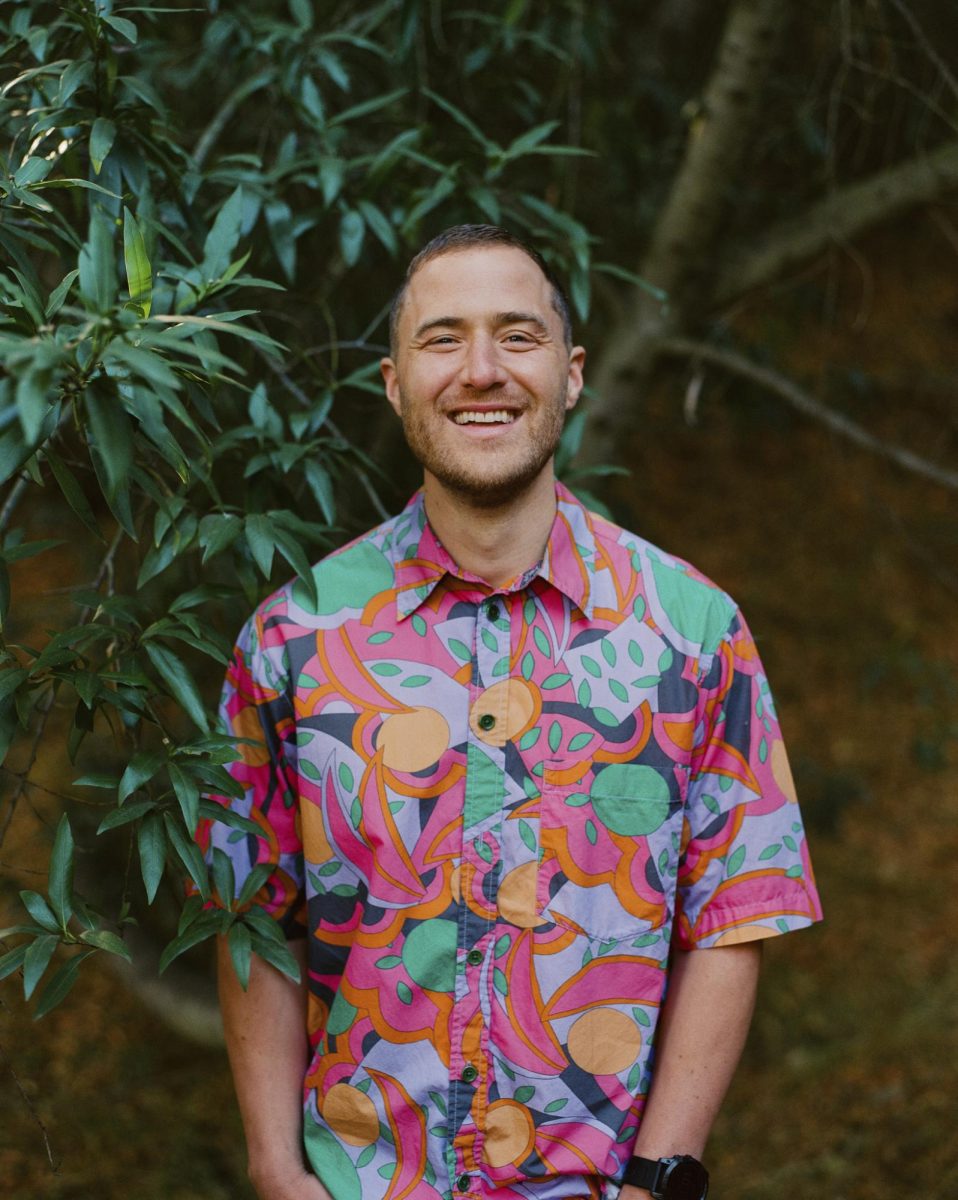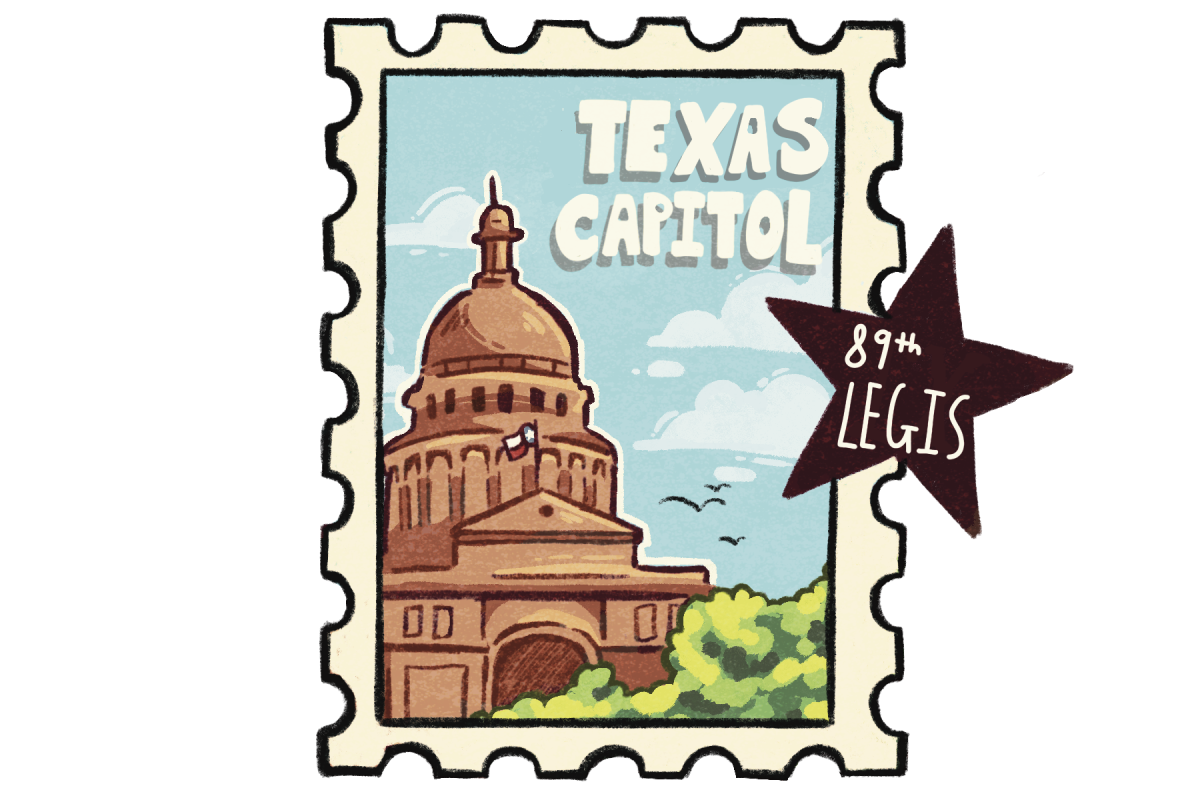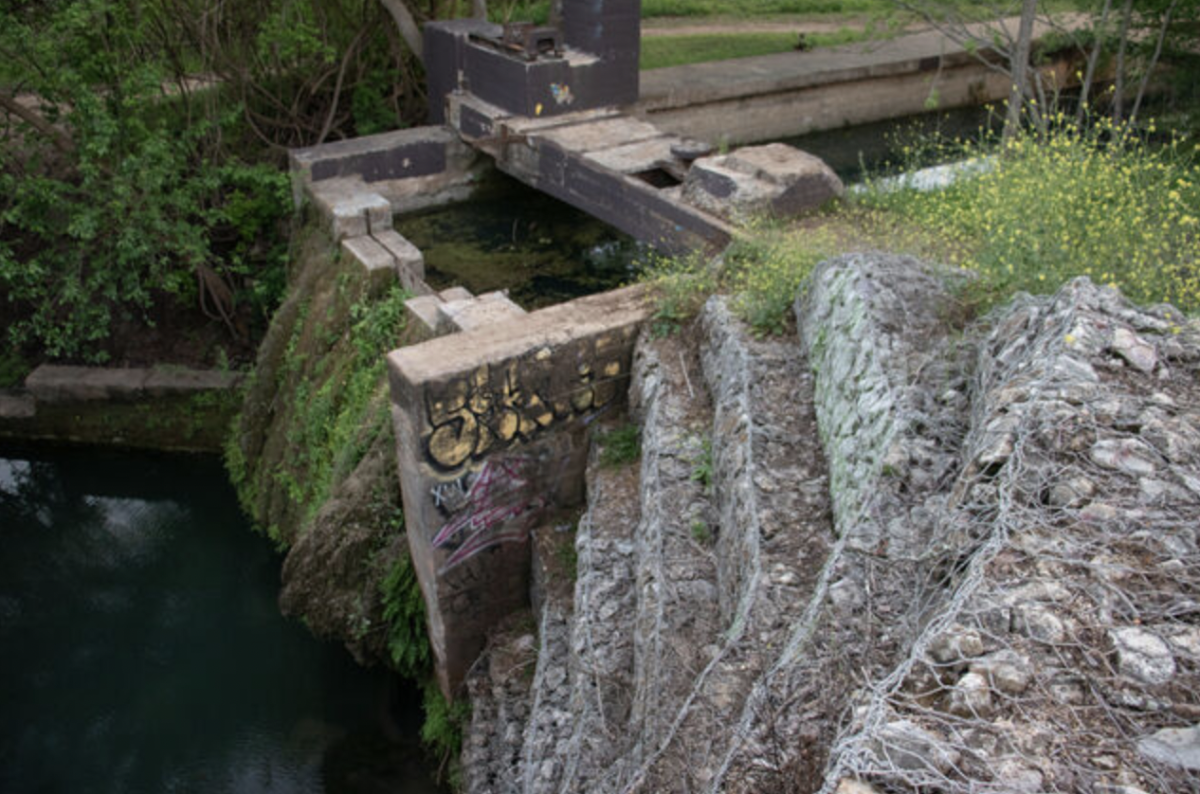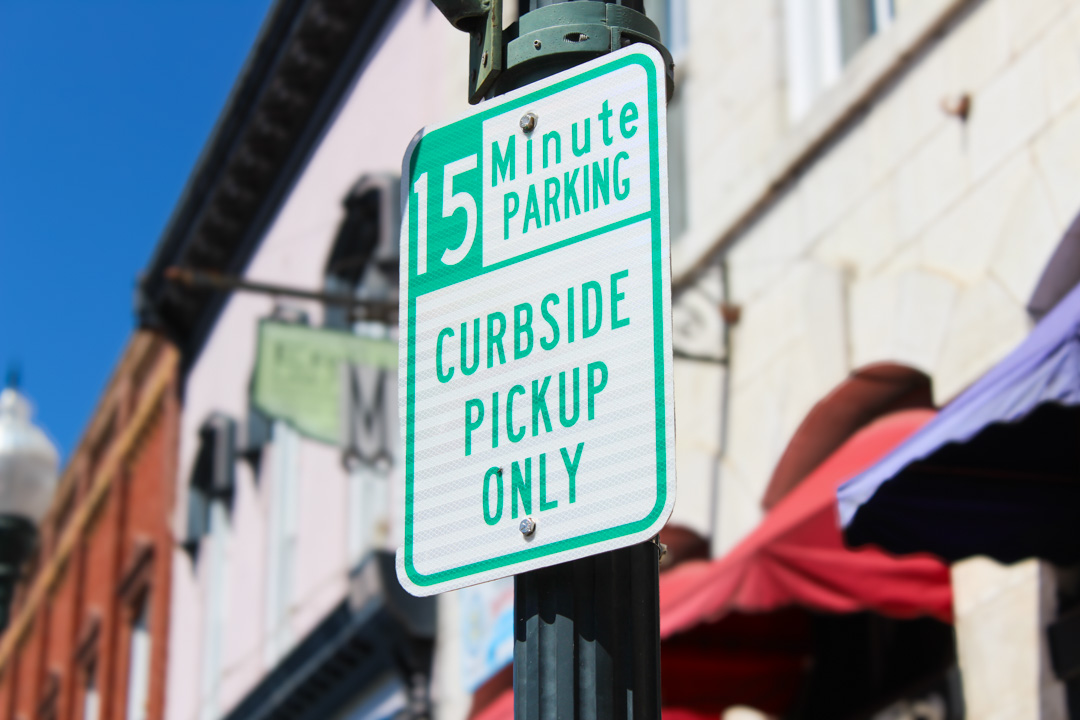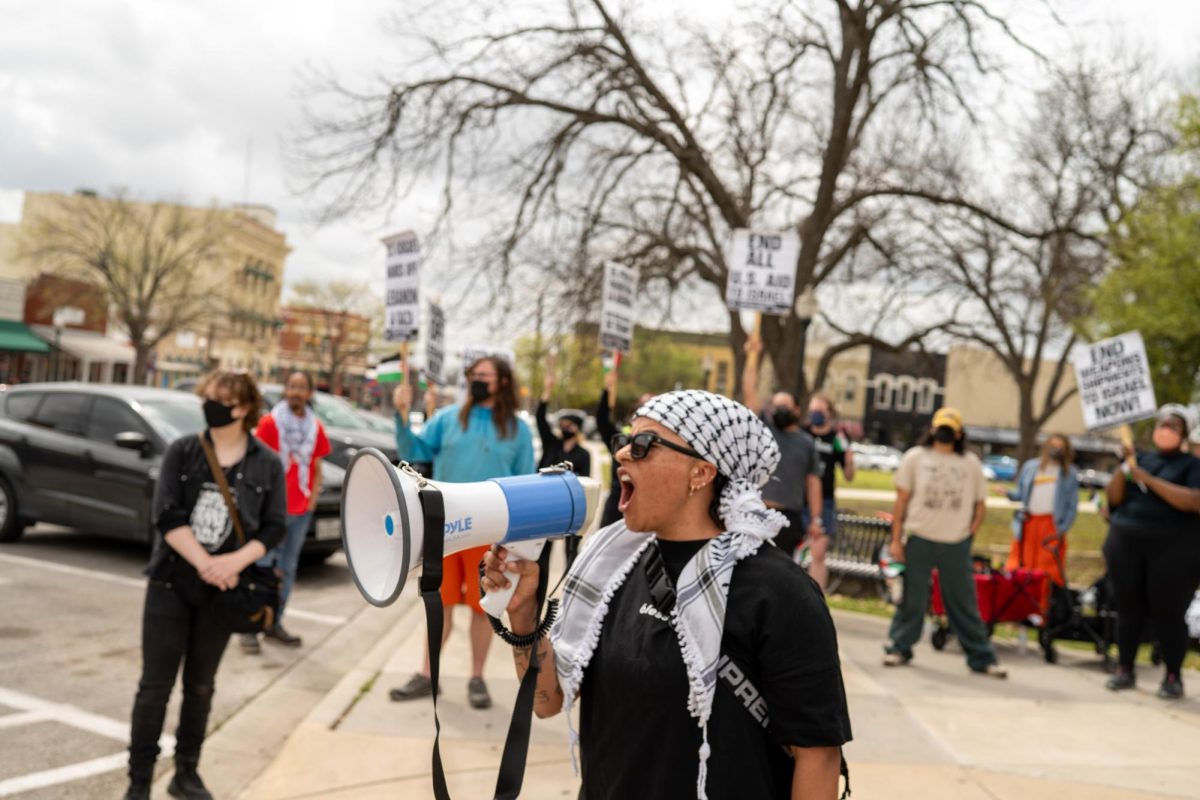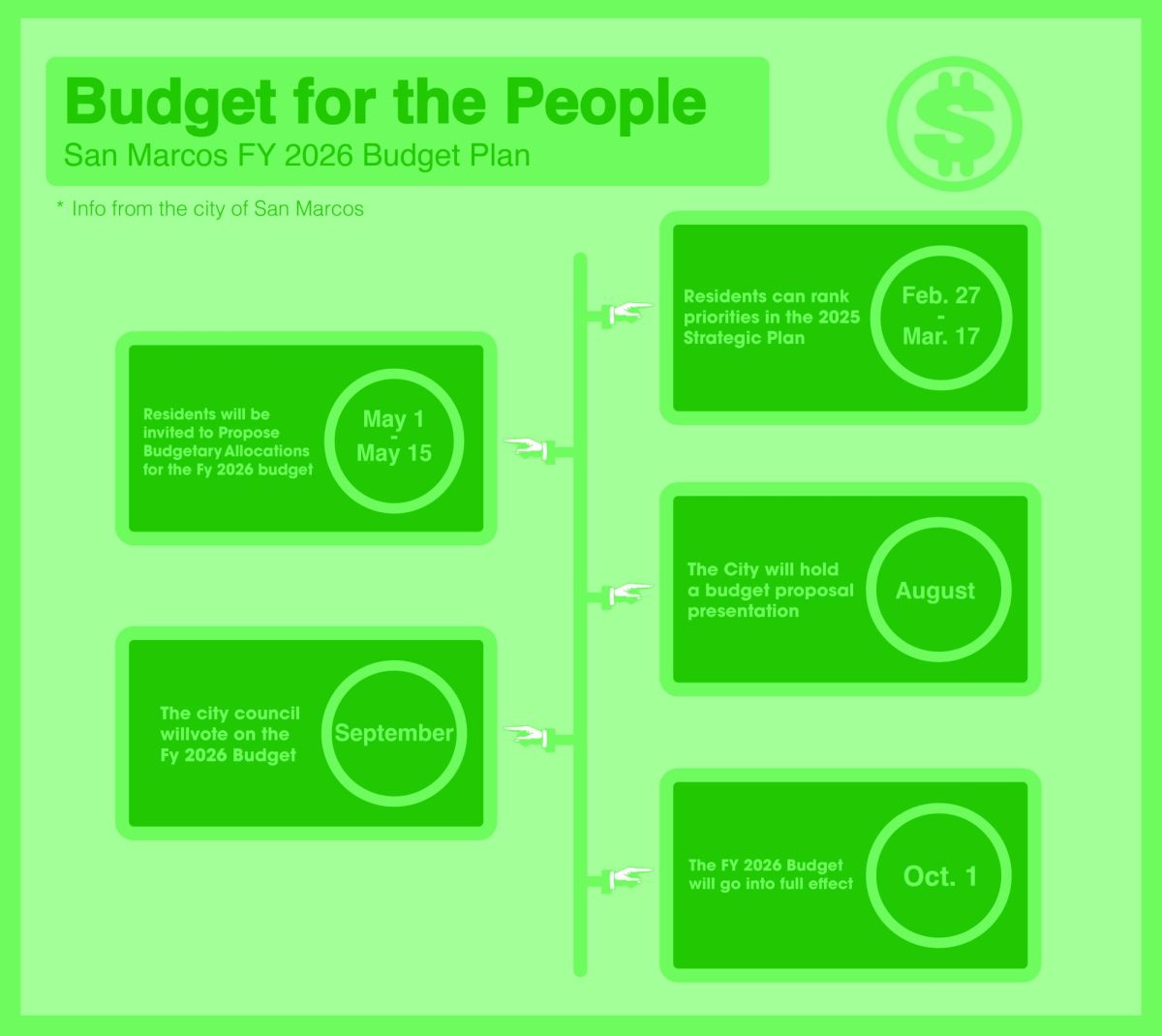TXST transit shifts gears: from parking to shuttles
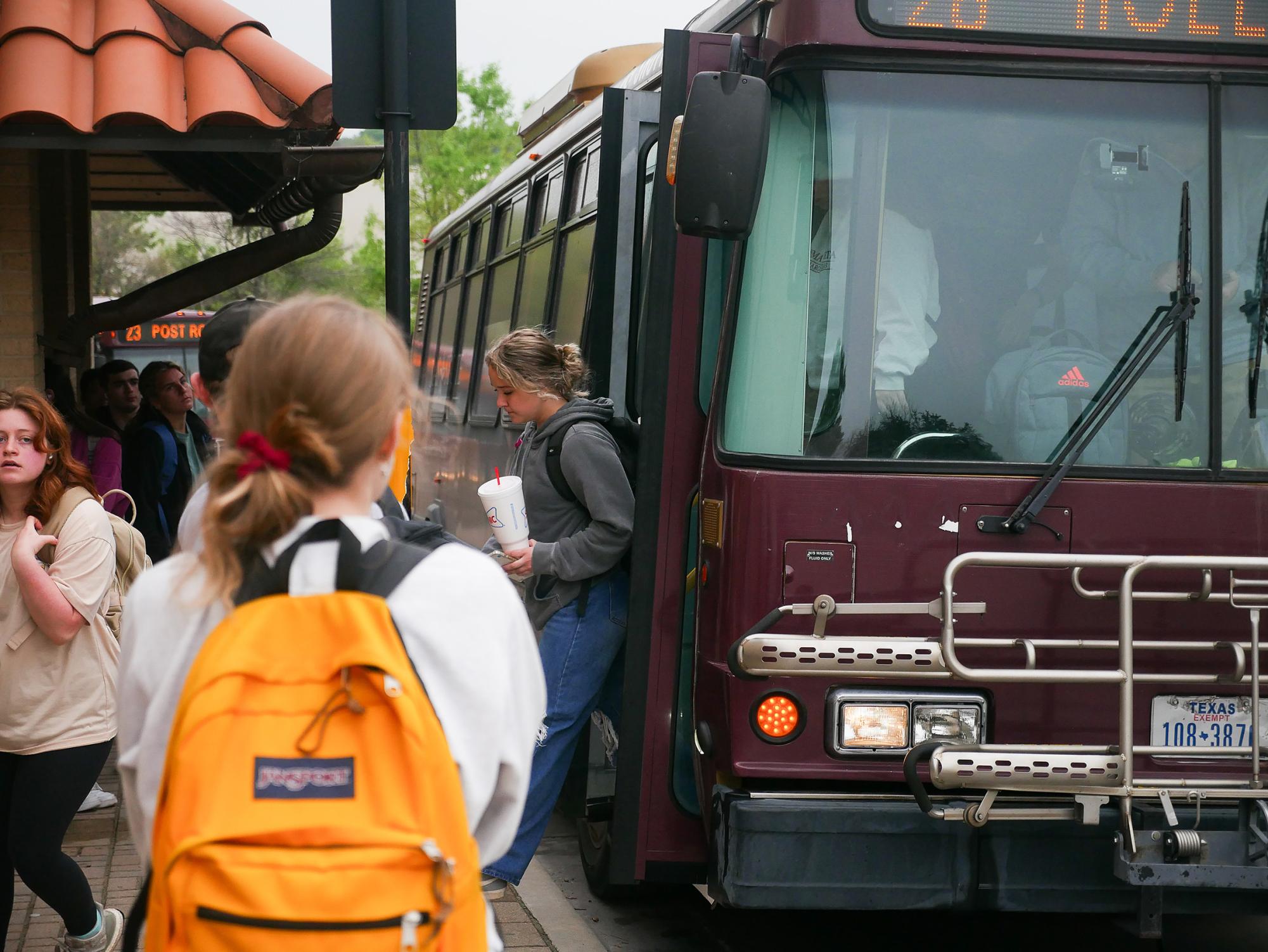
Students are no stranger to the struggles of finding a parking spot open on and adjacent to Texas State’s campus. Those struggles have sometimes led students to look to alternative transportation options such as the Bobcat Shuttle.
Now, both parking and shuttles are undergoing some changes beginning fall 2024.
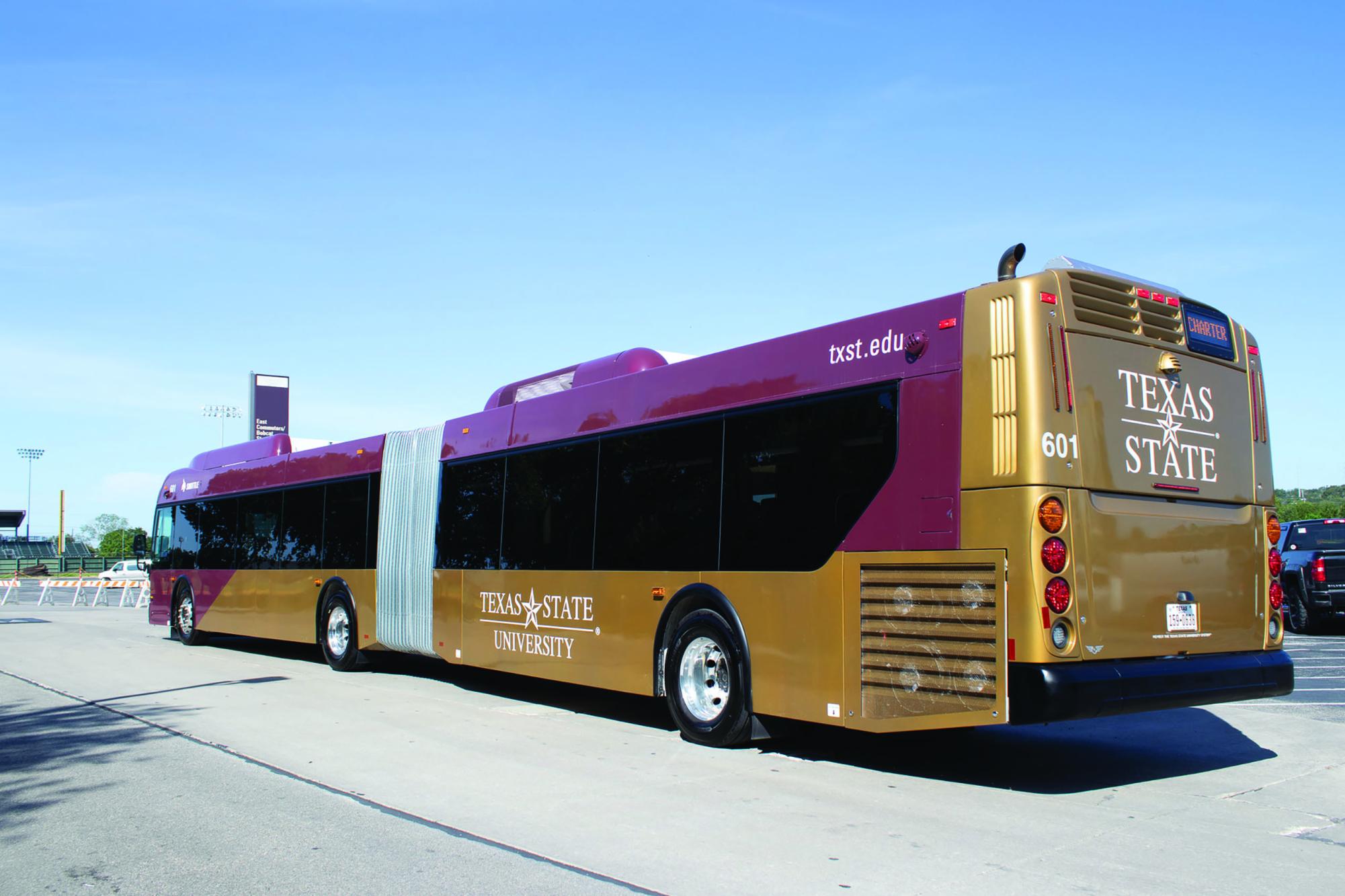
Bigger maroon and gold buses are roaming the roads of San Marcos. Transportation Services introduced four new 60-foot articulated shuttles, each capable of carrying up to 100 students, almost double the passenger capacity of the current shuttles. Additionally, Texas State is adding six new 40-foot shuttles, the same size as the current ones but with an increased capacity of 75 passengers.
These articulated shuttles are replacing some of the current Texas State shuttles that have reached the end of their lifespan as defined by the Federal Transit Administration. The new buses will replace 10 non-functional buses in the fleet.
The current Bobcat Shuttle fleet is made up of 46 of the 40-foot buses that have a passenger capacity of up to 60 passengers, including those standing.
The articulated shuttles will only run on routes 10 (UFCU Stadium), 12 (Bobcat Village), 20 (Aquarena Springs) and 22 (Mill Street). The regular 40-foot buses will also still run on those routes.
“[Transdev] said these routes are the ones that are having a lot of students overflow so that’s why we chose those four specific routes,” Rodrigo Gonzales, manager of Texas State’s transit operations said.
Gonzales describes the 60-foot shuttles as buses that bend. The bus is split into two pieces that bend right down the middle, with a center turntable that connects the two parts.
“The newer buses will come with a newer engine, better GPS systems and better voice enunciation. So now when the bus is coming to a stop it will announce ‘now approaching this stop’,” Gonzales said.
Students riding the articulated buses still have to pull the yellow cord to signal when their stop is approaching, as drivers are not obligated to stop at every designated stop, Gonzales said.
Gonzales said one of the major reasons for bringing in the articulated shuttles is overcrowding.
Texas State’s Transportation Services has used the current fleet for around a decade, and according to the Federal Transit Administration, vehicles typically start to deteriorate after about 10 years.
Gonzales also pointed to the ongoing rise in university enrollment as a contributing factor to overcrowding. Texas State’s freshman class has set records for the past three years, with 7,910 students enrolling in fall 2023. The final numbers for fall 2024 will be available after census day on Sept. 11.
Gonzales said for the past two months drivers were testing the buses around town to see what roads they are unable to drive on.
“It’s also so that citizens and students get used to [the shuttles] because they’re so big,” Gonzales said. “We met with the city to see if the roads are wide enough and we’re at a good place right now.”
To accommodate the new articulated shuttles, drivers underwent specialized training on a closed course to ensure they were prepared to operate the larger vehicles. Texas State did not hire new drivers but trained those already employed.
Gonzales said the university hopes to eventually replace all 46 buses in the Bobcat Shuttle fleet but he said Texas State does not have the allocated funds to do so all at once.
Luis Barbosa, a political science sophomore and frequent shuttle user, relies on the bus daily to get from Speck Street Garage to class. He believes introducing the new shuttles as the freshman class arrives on campus would help alleviate the overcrowding issue.
“There’s probably more students starting class during the fall so this is a good time to do that so I feel very positive about it,” Barbosa said.
For information on the Bobcat Shuttle and its routes, students can visit its website or download the TXST app.
Parking at Texas State has been a hot topic, sparking conversations across campus– it’s mentioned over 300 times in the university’s 2023-29 master plan. Now, the campus will see more changes to parking, specifically regarding commuter lots.
Beginning this fall, all commuter parking will be located east of the San Marcos River, which means the closest parking lot to campus for students with the purple commuter pass is the Sewell North lot by the park, which is a 10-minute walk from The Quad. What this also means is both Speck Street Garage and James Street parking lot, located west of the river, are no longer available to commuters.
Speck Street Garage is now rezoned to Residence Hall Green Zone to accommodate the opening of the new Cibolo and Alamito residence halls, according to a July 24 email from Finance and Support Services.
The email also wrote James Street parking lot is closed until further notice due to the construction of the new Canyon residence hall, also known as James Street Housing.
“Canyon Hall is not expected to be completed until July 2025 and the STEM Classroom building is not expected to be completed until July 2026. The closure of the James Street lot was done… to accommodate these construction projects,” Texas State said in an email to The Star.
James Street parking lot may take up to two years to open up for students again.
According to Texas State’s parking map, anyone with a valid permit, except gold, can park in the designated purple lots from 7 a.m. to 5 p.m. Monday through Friday– it is not secluded to just commuters.
Two new parking permits are now available to students– an orange zone for Cypress residents, previously Vistas apartments, and a blue zone for Balcones residents, previously Sanctuary Lofts.


















Residence Hall
Bobcat Village
Mill St. Residence Hall
Balcones
Cypress
Perimeter
Restricted
Edward Gary Street Garage
Pay to Park Garages allow visitors to purchase parking.
| Hours | Cost |
|---|---|
| 0 min – 1 hr | $3.00 |
| 1 hr – 2 hrs | $6.00 |
| 2 hrs – 3 hrs | $8.00 |
| 3 hrs – 4 hrs | $10.00 |
| 4 hrs – 5 hrs | $12.00 |
| 5+ hrs | $14.00 |
Garage Clearance: 8’2″
LBJ Student Center Garage
Pay to Park Garages allow visitors to purchase parking.
| Hours | Cost |
|---|---|
| 0 min – 1 hr | $3.00 |
| 1 hr – 2 hrs | $6.00 |
| 2 hrs – 3 hrs | $8.00 |
| 3 hrs – 4 hrs | $10.00 |
| 4 hrs – 5 hrs | $12.00 |
| 5+ hrs | $14.00 |
Garage Clearance: 7’0″
Another recent change is Parking Services has shifted from being under Texas State’s Transportation Services department to now operating under the University Police Department (UPD) effective July 1.
“UPD was not part of any of the decision processes for any of the parking changes that have been implemented,” UPD Chief of Police Matthew Carmichael said. “Those decisions were made prior to July 1.”
However, Carmichael said even before the changes to commuter parking, there were already limited spaces available for purple-pass holders on the west side of the river.
“Somebody says ‘there’s nowhere to park,’ and I can tell you as the new director of parking there’s plenty of places to park, but there’s two discussions here: is there enough parking and is it convenient?” Carmichael said.
Carmichael acknowledged the available commuter parking is often far enough from campus that students usually need to ride the shuttle to get to their classes.
All lots designated for specific parking permits are restricted to permit holders from 7 a.m. to 5 p.m., Monday through Friday. Outside of these hours, the lots are open to all students.
“If [a student] lives on campus and comes in at 10 p.m. do I want [them] parking out in [UFCU] Stadium? Or do I want [them], from a safety perspective as a student, to have the ability to park as close as possible where you live?” Carmichael said.
According to data from UPD, there are 3,912 parking spots available to students with a purple pass and 13,724 total parking spots including those for faculty and staff, visitors and motorcycles. However, as of fall 2024 there were 38,873 students enrolled at Texas State, almost three times more than there are parking spots.
One of those students is Aaron Davis, a pre-med junior, who commutes 15 minutes to campus for class. When he had a purple parking pass, the closest parking he would find was Bobcat Stadium– 20 minutes away from the main campus.
“After the first week, I started parking at the pay to park in LBJ because once I did the math, it was cheaper for me to just do paid parking than to even actually have a pass,” Davis said.
Prices of parking passes at Texas State range from $115 for a purple one to $485 for a green residence hall pass, annually.
Around 15 years ago, Parking Services was also managed by UPD before transitioning away to allow officers to focus more on public safety, according to Jayme Blaschke, Texas State’s director of media relations.
One of the differences in UPD taking over parking this time around is students will be the ones policing parking. Carmichael said he plans on hiring students to take on Public Safety Officers (PSO) positions at UPD.
“PSOs will enforce parking regulations… they’re the eyes and ears of the police on the same radio channel,” Carmichael said. “They can also report suspicious activity before it becomes a crime.”
Carmichael said UPD is in the process of interviewing students for the role, and police officers will not take over parking until next year. He said that is partially due to an understaffing problem UPD is facing.
PSOs will also be providing safe rides to students as part of Bobcat Safe Rides program, a safety escort program that launched Aug. 17.
Do you need a safe ride Bobcats? The Bobcat Safe Ride program starts THIS Saturday (8/17/24)!
Students will only be picked up on TXST San Marcos property but can be taken on or off campus. This is a FREE service for our Bobcats! pic.twitter.com/9OIynk1vZa
— University Police at TXST (@UPDtxst) August 15, 2024
“If you’re a student anywhere in San Marcos, if you feel unsafe and you need to get home you can call me and the first person coming to get you is a Public Safety Officer,” Carmichael said.
The night routes that stop at the purple parking lots east of the river is the Campus Connector, which runs until 9 p.m. and Night Connector that runs until 10:30 p.m. In that case, Carmichael said commuters can call Bobcat Safe Rides. Nite Cats and the Student Safety Escort Program, two similar programs, no longer exist and have been combined under Bobcat Safe Rides.
Like most parking operations, the prices for parking fines remained the same. The standard fine for parking in a spot with the wrong or no permit is $40.
However, the PSOs main focus will not be writing parking tickets but the safety of students.
“We don’t get up in the morning go, ‘Okay, how many tickets am I going to write today?’ Carmichael said.
However, for Davis that is sometimes what it felt like. He said he got a parking ticket every week last school year.
Davis was also late to class multiple times due to driving around in search of a parking spot.
“Professors wouldn’t be too lenient about it. If you’re late by 10 minutes to 15 minutes, you are considered absent. So at the end of the semester, they would tank your grade just because you were supposedly not there even though you were,” Davis said.
At the end of the spring 2024 semester, final grades in two of Davis’ classes dropped a letter grade because of attendance
Students interested in giving their input on parking can attend University Safety Committee meetings that meet once a month. The next meeting is 3 p.m. on Sept. 30.
“I want your parking experience to be safe and you leave with a good feeling of service. It’s not lofty, and I can, and I can prove how tangible that is factually a year from now,” Carmichael said.
Your donation will support the student journalists of Texas State University. Your contribution will allow us to purchase equipment and cover our annual website hosting costs.
